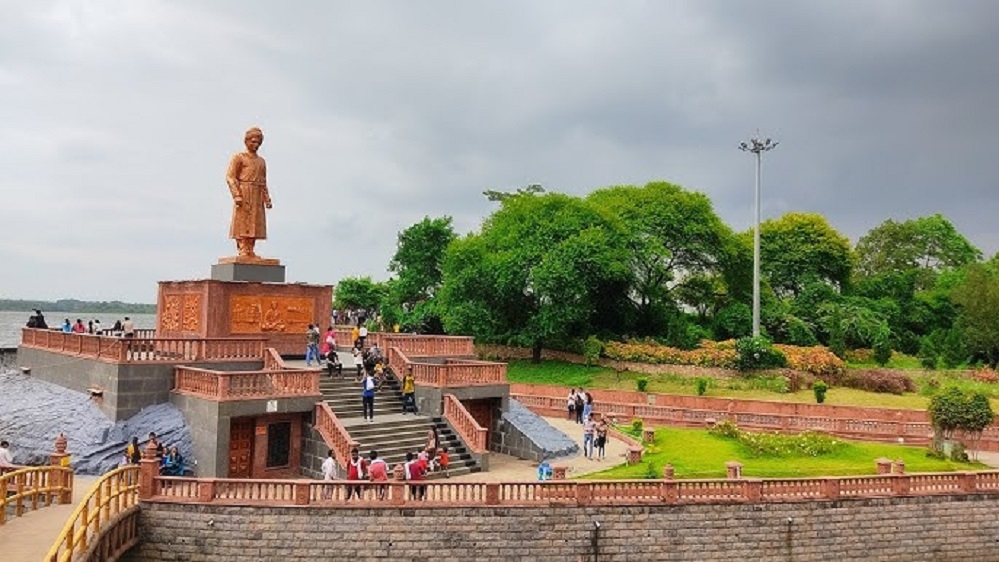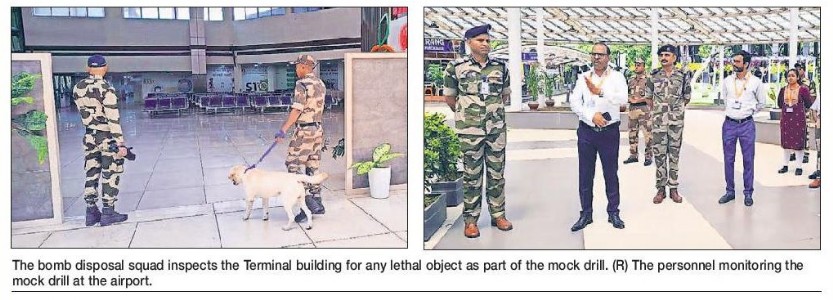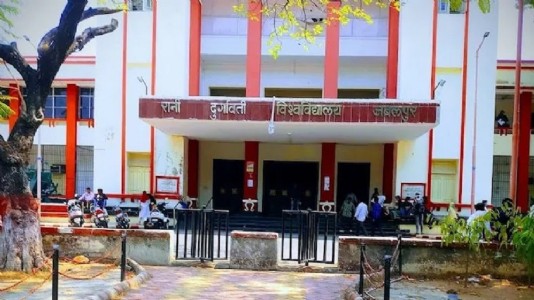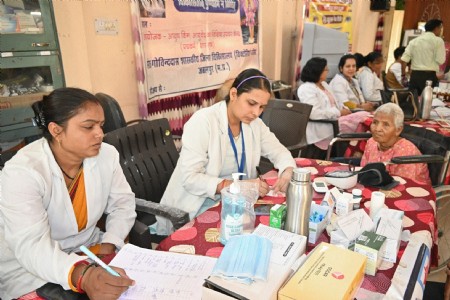‘Swami Vivekananda memorial not linked to 2023 Ambazari floods’
| Date :17-Apr-2025 |

Staff Reporter :
An earthmover stuck in the water channel underneath the bridge affected the flow of water causing floods on September 23, 2023, not the memorial at Ambazari dam: CWPRS
The Swami Vivekanand Memorial on the spillway at Ambazari dam got a clean chit in final report of Central Water and Power Research Station (CWPRS) as regards to floods in catchment area of Naag river on September 23, 2023.
The Public Health Engineering (PHE) Department, Nagpur Municipal Corporation (NMC), that is in receipt of the report, released its excerpts. The report mentioned that physics model studies indicated that the memorial pedestal was in no way responsible for blockade
of the flood water, as
was claimed.
The NMC officials received the report on April 15.
The flood-affected residents of Yashwant Nagar, Ambazari and other nearby areas had filed a public interest litigation (PIL) in the Nagpur Bench of Bombay High Court claiming that location of the memorial in spillway was obstructing smooth flow of water from Ambazari dam. They had sought shifting of the
memorial from the spillway to avoid repeat of floods in the catchment area in future.
However, Maharashtra Government through Water Resources Department (WRD), was of view that the memorial does not affect downward flow of the water. It mentioned to the court that the CWPRS has been referred the matter for detailed and scientific study.
In the report, the CWPRS mentioned using the stated scientific models based on physics to study the flow of flood water. The main findings of the report put the blame flooding to blockade under the then road bridge.
The already narrow flow underneath the bridge at chainage 140 m was further reduced after a earth mover got stuck in the water channel. The machine was deployed to remove the Echhornia that overflowed from the dam through spillway and was seen as slowing water flow in the aftermath of heavy rains on September 23, 2023.
But the sudden surge in water discharge caught the NMC officials overseeing the flood management operations by surprise and they decided to abandon the earth mover at the spot. The civic officials did not get any time to decide on steps for lifting the earth mover.
The report mentions that the reduced waterway of the bridge and subsequent afflux induced by the choked bridge led to swelling of the water that then moved into adjoining localities on the banks of Naag River. The scientists said their simulations indicated that when the compound of Krazy Castle was intact, the discharge in the river channel downstream of the 140 m bridge and same was approximately 72 m 3/s. The sudden rise in water level post the blockade resulted in building of pressure leading to collapse of the adjoining wall. This suddenly increased the speed of discharge in the river channel downstream of the 140 m bridge increased to about 83 m 3/s, leaving the remaining water to flood the countryside.
As the water discharge rate increased, there was a marginal rise in the water levels downstream of the bridges.
The blocked bay of the bridge reduced the discharge passing through the river. The simulations with statue pedestal and collapsed compound wall indicated that the discharge increased from 83 m3/s to 93 m3/s when both the bays of the bridge at chainage 140 m were operative, the report mentions further.
The CWPRS scientists also carried out simulations study without statue and its pedestal and it showed that there was no significant change in the discharge and water levels downstream of the bridge at 140 m compared with situation with statue and pedestal condition. In the early morning of September 23, 2023, a heavy rainfall (approximately 109 mm within three hours) resulted in a substantial discharge of water from the catchment. So, primarily this heavy downpour caused sudden influx of water and situation was further compounded by obstruction at various locations, forcing it into low-lying areas before eventually merging with the river. These conditions resulted in diversion and also accumulation of flood waters and same contributed to the inundation in low-lying areas.
The study clearly ruled out any role of Swami Vivekanand statue and its pedestal in creating any obstruction to flow of water or in any way responsible for the subsequent floods. The report underlined that statue pedestal are located in upstream of the bridge where flood waters began spilling into the surrounding area. The primary constraint was the limited passage available under the bridge at chainage 140m.
Now that the earlier narrow bridge is dismantled and wider channel is now available for discharge of the water, the chance of any obstruction to flood water in future has almost ended. This is so as the height from the water channel has increased which means the capacity to accommodate water has increased manifold, said the release issued by the Public Health Engineer, NMC.






